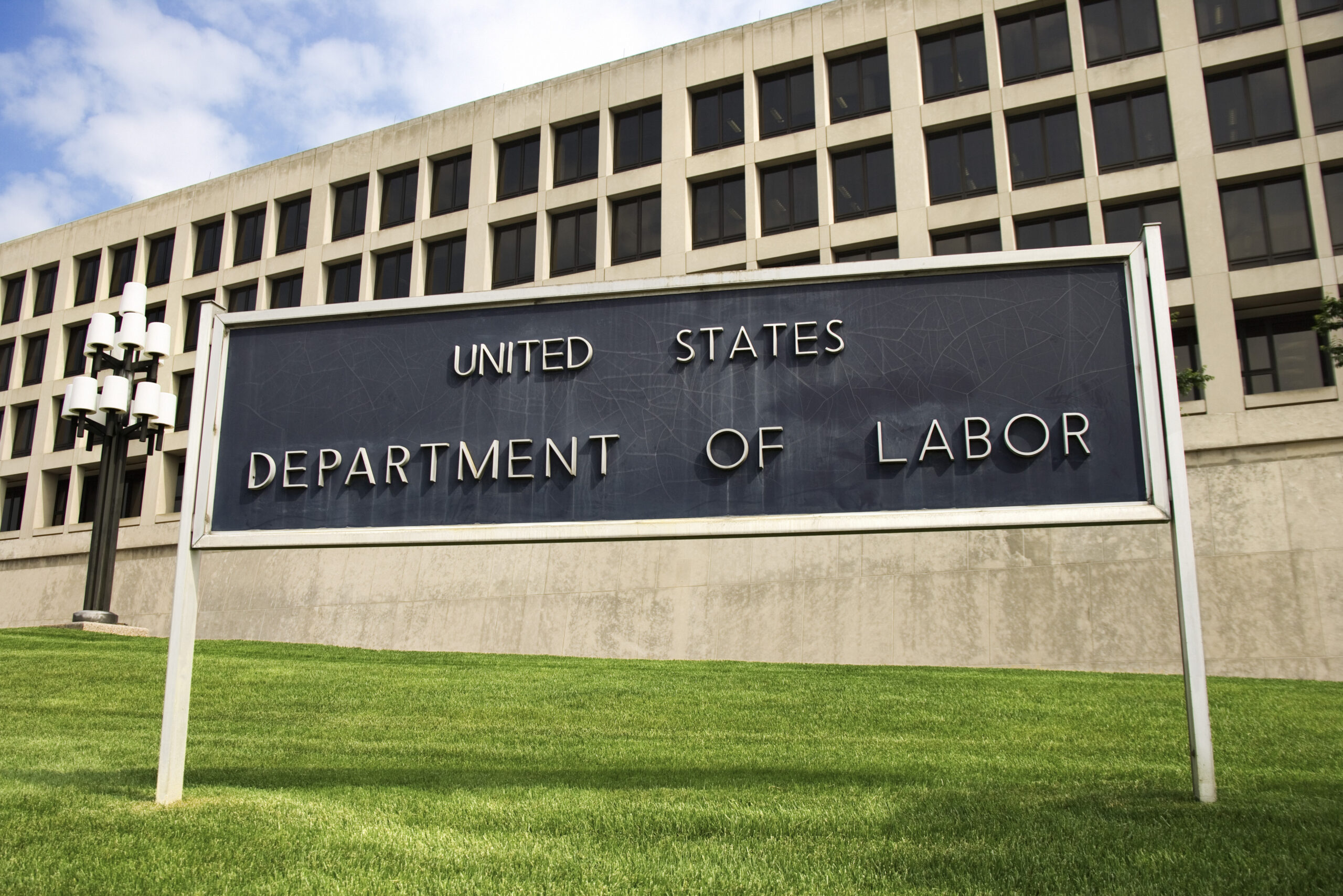DOL’s Davis-Bacon Act Updated for First Time in 40 Years

Final Rule to Adjust Prevailing Wages in Federally Supported Construction Projects
The U.S. Department of Labor (DOL) recently published a Final Rule updating the Davis-Bacon and Related Acts’ formula for calculating local prevailing wages to keep worker pay in line with wage growth trends on most federal and federally assisted construction projects. The first update since the Reagan administration, it has met opposition from industry associations who contend its new wage determinations would raise costs and slow new construction at a time when strong wage gains have already pushed costs higher.
“Unfortunately, this rulemaking will discourage builders from using covered federal programs that make rental housing affordable for low-and-moderate-income families, increase construction costs and exacerbate the nation’s housing affordability crisis,” said Alicia Huey, Chairman of the National Association of Home Builders.
Davis-Bacon Act Update May Raise Prevailing Wages Locally
Established in 1931, Davis-Bacon and Related Acts directs the DOL to determine and enforce locally prevailing wages and fringe benefits for corresponding work on similar projects in an area for federally funded or assisted construction contracts.
The Final Rule, published on August 8, 2023, includes a significant adjustment to the DOL’s calculation of prevailing wages for an area, lowering the pool of workers used to calculate “wage floors” in most localities from 50% to at least 30%. It also ends the separation of urban and rural wage rates, allowing the DOL to consider nearby urban wage rates when calculating rural wage rates, which could increase wages in rural jurisdictions located near urban areas.
The new federal regulations, which extend to about 1.2 million workers, apply only to builders who are involved in the construction, alteration, or repair of public buildings or public works in certain U.S. Department of Housing and Urban Development (HUD) and Federal Housing Administration (FHA) Multifamily Mortgage Insurance programs. Today, about 20% of construction projects fall under Davis-Bacon.
Provisions in Final Rule May Raise Construction Costs
Proponents contend the modernization of Davis-Bacon is necessary to bring worker compensation in line with inflation-adjusted wages, which have risen 1.6% since last year for all non-managerial construction workers. However, opponents have said that the Final Rule could increase construction costs in public work projects, leading to lower levels of private investment.
For instance, the inclusion of “split wages,” the assignment of other wage types, such as highway or heavy, to pieces of a residential project, have led to calls for revisions to the Final Rule to reduce its impact on costs. The Mortgage Bankers Association and other organizations have stated that “split wages,” which may require that workers be paid different wages for the same job, could create significant administrative burdens on multifamily construction projects.
Instead, the National Multifamily Housing Council and the National Apartment Association have requested that the DOL issue guidance that specifies a single wage rate for all residential projects covered under Davis-Bacon and revise regulations to effectively lock in applicable wage rates no later than the date of a firm commitment application.
The Road Ahead
Housing industry associations, like the National Apartment Association (NAA), have long supported the repeal or reform of Davis-Bacon and Related Acts, which was last amended during the Reagan administration.
“The updated Davis-Bacon Act regulations represent a significant shift in how DOL will approach prevailing wage determinations and has the potential to impact the planning processes of federally subsidized housing development as well as other projects like renewable energy installations that will impact housing providers big and small,” Joe Riter, NAA’s Senior Manager, Public Policy, wrote in a recent article.
Like many other DOL Final Rules, the new provisions of the Davis-Bacon and Related Acts are likely to face legal action before implementation. If the Final Rule is unchallenged, the DOL’s new prevailing wage calculations will apply to contracts entered into after October 23, 2023.
To stay up to date on Davis-Bacon and other multifamily news, subscribe to receive Arbor’s exclusive content delivered straight to your inbox.
Interested in the multifamily real estate investment market? Contact Arbor today to learn about our array of multifamily, single-family rental, and affordable housing financing options. Don’t miss our other market research articles, and our latest reports can be found in our research section.

